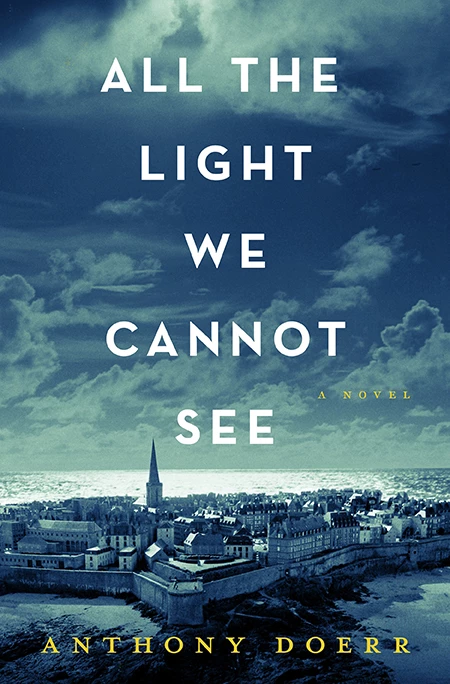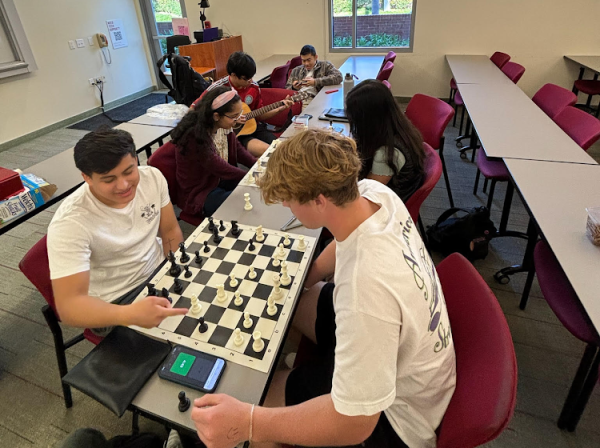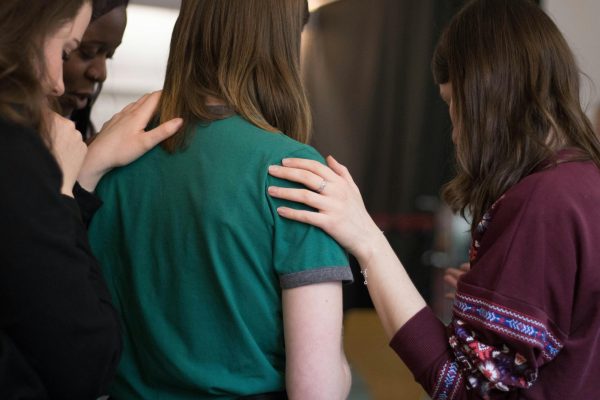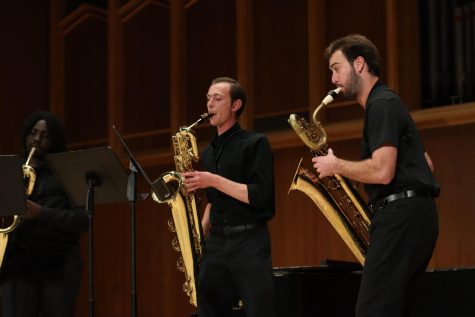History through a different light
“All the Light We Cannot See” engages readers to view the world in a new light.

washingtonpost.com
March 23, 2016
Anthony Doerr’s “All the Light We Cannot See” is an award-winning novel telling the story of different individuals affected by the events of WWII, focusing on two teenagers in particular who stand on opposing sides.
Rhythm Amidst Growth
Werner Pfennig is a German orphan exemplifying everything the Third Reich stands for, yet struggles with what is right in the eyes of his country. Marie-Laure LeBlanc is a Parisian who went blind at six and is taken care of by her father — the Museum of Natural History’s locksmith. Each one grows from child to adolescent to adult far earlier than they should have to. Amidst the growth, Doerr’s novel finds its rhythm.
The novel’s focus changes with each chapter separating the overarching parts into different time periods. Beginning with the raid of Saint Malo in 1944, Doerr sets the scene for what will culminate in the climax of the story — the meeting of Marie-Laure and Werner. After this short snapshot into where the book will take you, Doerr regresses back to Paris in 1934. The story truly starts here as the reader is introduced to Marie-Laure and her doting father before she has completely lost her sight. Doerr then takes the reader to Zollverein, Germany, where they meet Werner and his sister, Jutta, who are orphans in the mining town. While Marie-Laure has endless curiosity about the world she can no longer see, Werner has endless curiosity towards the mechanics of what is right in front of him, from radios to government.
Complex People, Complex Events
Doerr ultimately brings the plots of 1934 and 1944 to head when Marie-Laure and Werner meet in Saint-Malo. Although the switching of time and character focus can be disorienting at times, Doerr’s handle of language and his incredible ability to paint a vivid story resulted in characters whose complexity matches the events they face.
One complaint against “All the Light We Cannot See” is its sentimentality, which trivializes an event such as the Holocaust and makes it “material for the lightest of entertainments” according to Dominic Green of the New Republic. This critique confuses looking intently at both sides of history for rationalizing the motives of Nazi Germany. Doerr wrote of a difficult subject matter and as a result, I thought deeply about what it would have been like to grow up during the rise of the Nazi party.
Looking at the World
Marie-Laure reminded me of what the world can be if I look at it with wonder and careful consideration. Werner taught me how the indoctrination of German propaganda circa 1940 affected young children who grew up knowing nothing else. He, like many of his peers at the time, were misled with false promises of hope into a future they did not fully understand. It is for this reason my favorite line from the novel is the encouragement to “Open your eyes and see what you can with them before they close forever.” We must open our eyes to notice what is happening around us — to those who are growing up in similar circumstances as Werner.






